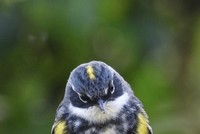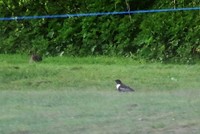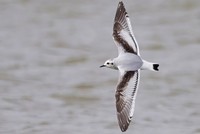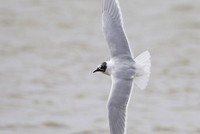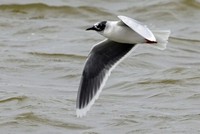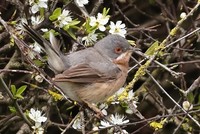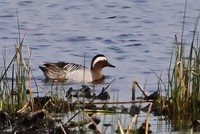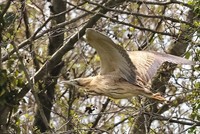UK first as Brecks Stone Curlews are GPS tagged
For the first time in the UK, scientists working in the Brecks are using high-tech GPS tags to study the movements of one of the country’s most threatened birds, the Stone Curlew.
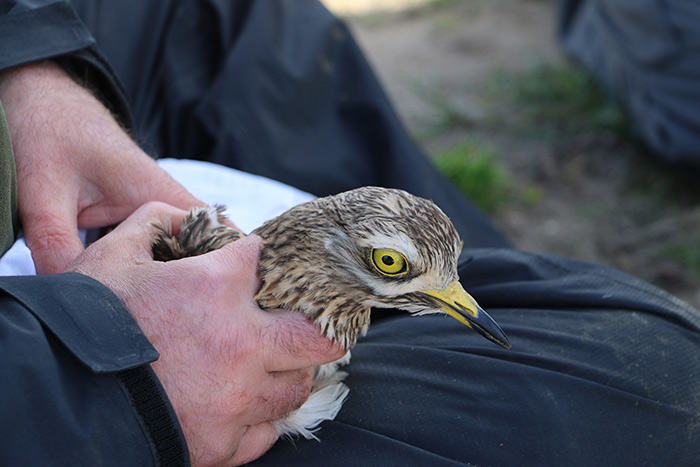
Stone Curlews, were close to becoming extinct as breeding birds in the UK 30 years ago. Thanks to conservation efforts, around 400 pairs of Stone Curlews now breed in the UK each year – more than half of those in Eastern England. By using GPS tracking to learn more about how these shy and elusive birds use different areas of the countryside, researchers hope to help landowners create the conditions Stone Curlews need for nesting and feeding, in order to ultimately achieve a sustainable Stone Curlew population in the UK.
The study is part of the PhD research of Rob Hawkes, RSPB Heathland Officer, and is being supported by the RSPB Centre for Conservation Science, the University of East Anglia, Natural England, EU LIFE+ as well as our Ground Disturbance project. Rob Hawkes says “It’s incredibly exciting, not just because we’re doing something that hasn’t been done before, but because we’re learning new things about how the birds behave that just haven’t been possible to study before, and this will improve our understanding of what we need to do to help Stone Curlews.”
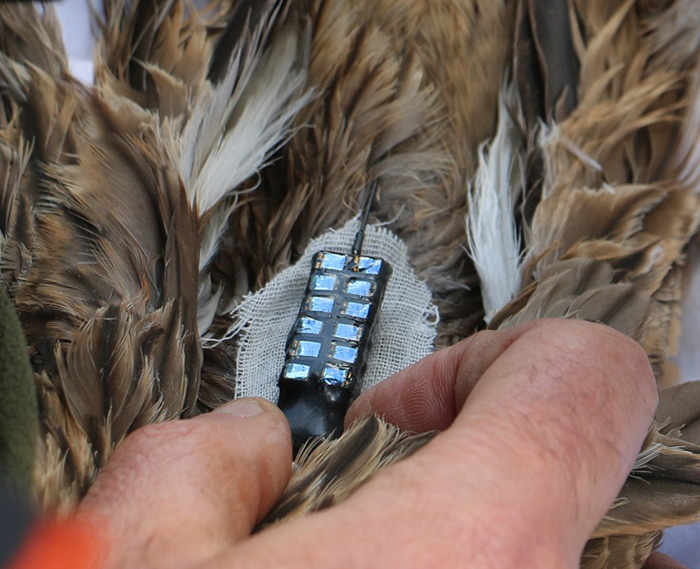
And there have already been some surprising results: “We knew that Stone Curlews are mainly nocturnal and forage at night. When they have eggs the adults take it in turns to sit on the nest, which gives the ‘off duty’ bird the chance to go in search of a meal. Using the GPS tags we have discovered individual birds travelling much further from their nest to find food than had been known previously, suggesting the birds are prepared to travel a substantial distance to reach a favoured feeding site.”
Thirty years ago, most of stone curlews’ natural breeding habitat – grass-heaths and downs – had been lost, and a high proportion of birds took instead to nesting on farmland, where they were extremely vulnerable to agricultural machinery operations. Thanks to the intensive efforts of farmers, land managers, gamekeepers and conservation organisations to protect vulnerable nests and create safe nesting plots, the number of Stone Curlews breeding in the UK has more than doubled since 1985. However, with many pairs (more than half of those in the Brecks) still nesting in areas of farmland where they are at risk from farming operations, more sustainable solutions are needed to secure the UK Stone Curlew population.
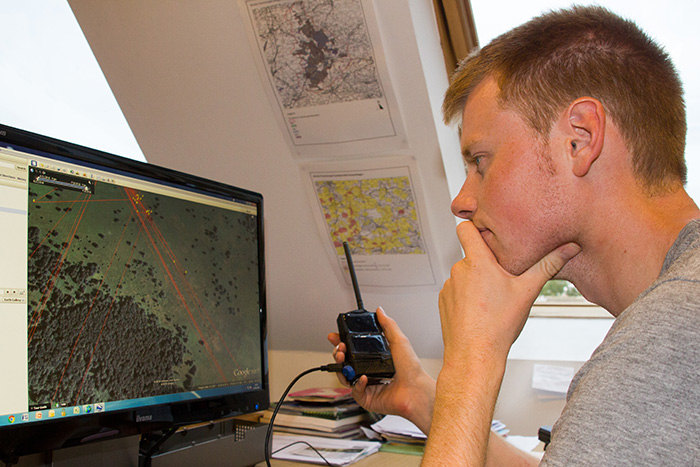
Delivering those solutions is the aim of the EU LIFE+ project – ‘Securing the future of the Stone Curlew in the UK’, which is working with partners and stakeholders to create more safe nesting habitat for Stone Curlews.
Emily Field, RSPB Project Manager, EU LIFE+ project says "By working together to a common end conservationists and land-owners and managers have been able to turn things around for Stone Curlews, showing just how much people care about wildlife and value their natural heritage. “Now we are looking to landscape-scale management to secure Stone Curlews’ future in the UK by providing them with enough safe habitat to nest on that intervention to protect nests is no longer necessary. The number of birds nesting on these safe habitats has steadily increased during the project. “This ground-breaking GPS tracking study represents a significant step on the path to achieving that ultimate goal – a truly sustainable UK Stone Curlew population in the UK.”
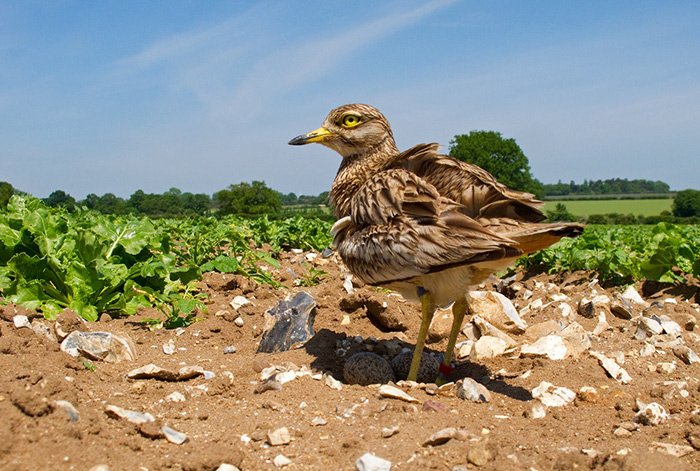
Robert Gough has farmed in the Breckland region of East Anglia – one of the Stone Curlew’s UK strongholds – all his life: “Like lots of farmers in the Brecks, we’ve been working with the RSPB and others for many years to help Stone Curlews nesting on our farm, and it has been very gratifying to see the positive impact these efforts have had on their numbers. “This year we’ve had 5 pairs of Stone Curlews on the 7 specially created nesting plots we have on the farm as part of our agri-environment agreement. Because the nests were on safe plots and not in amongst crops we didn’t need to intervene or interrupt farming operations to avoid damaging them. “The more we can encourage the birds to nest where they are safe the better – for them and for us – and that means creating safe places for them, on farmland and elsewhere.”
Breaking New Ground
8 Aug 2016




